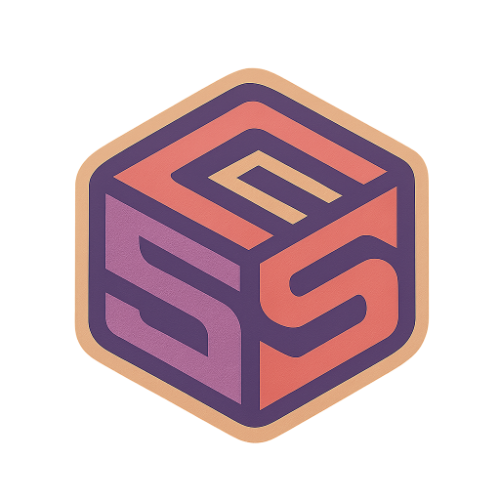Remote Passive Income with AI: How I Turned My Side Project into a $15K/Month Business


Burned out by the 9-to-5 grind and tired of the endless hustle advice that leads nowhere? You’re not alone. I’m Ben Bozet, a software developer who, like many of you, started with side projects that never took off. But then I flipped the script and built something that actually worked—a SaaS product hitting $15,000 in monthly recurring revenue, allowing me to quit the full-time job grind for good.
This isn’t some overnight success story with fancy marketing gimmicks. It’s a blueprint for anyone juggling a day job, limited time, and the desire to build a sustainable remote income stream using AI and smart strategies. Here’s how I did it, what I learned, and how you can do it too.
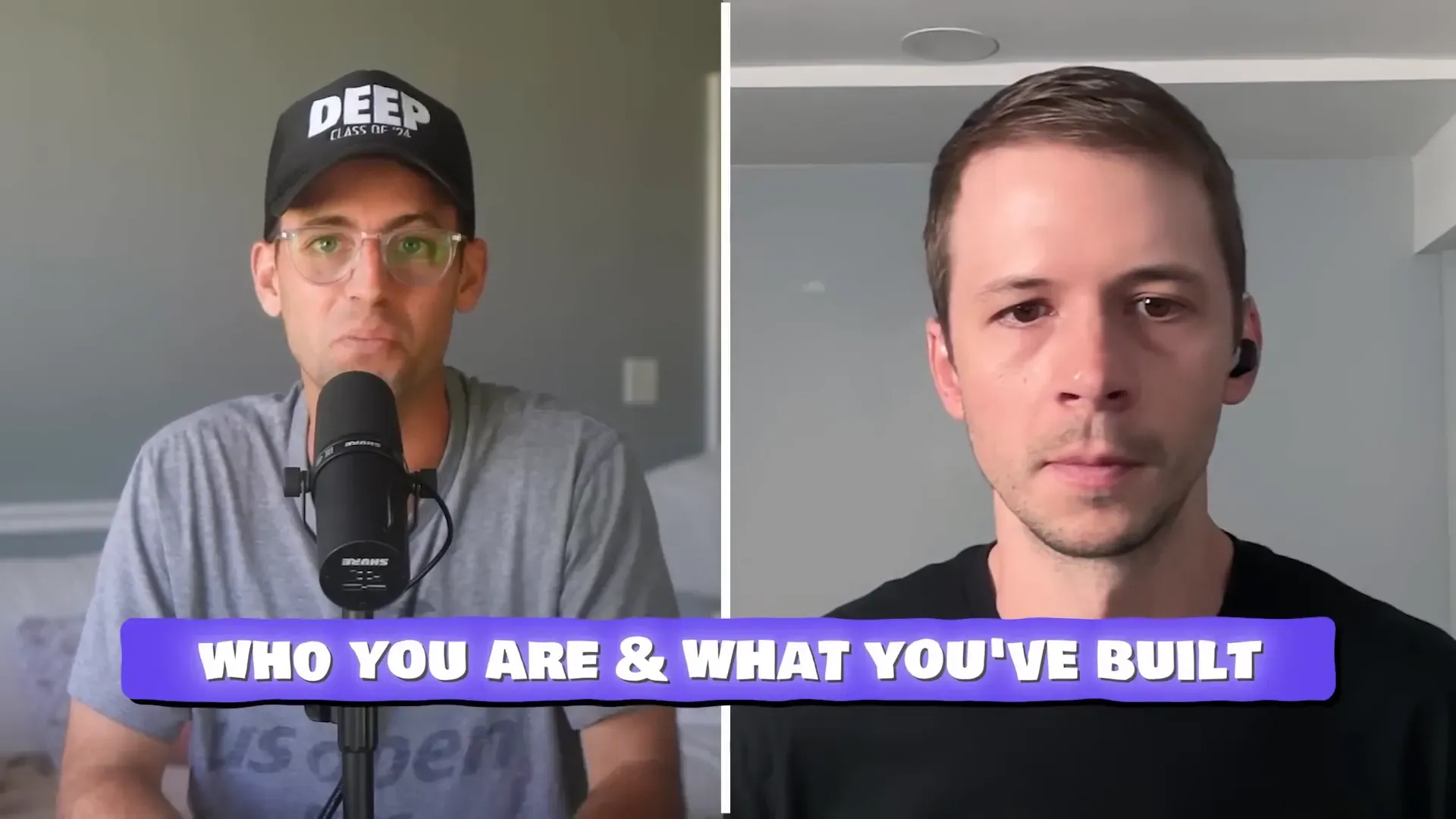
🛠️ The Idea Behind Tech Lockdown: Solving My Own Problem
Back in 2020, when working from home became the norm, I noticed something: I was spending way too much time online, trapped in compulsive habits. I wanted to set boundaries but found existing tools clunky or ineffective. So, I built my own system—a platform called Tech Lockdown, which helps adults intentionally block distracting websites and apps.
Tech Lockdown works by letting users schedule blocks on websites and apps through a “content policy” system. You can filter by categories or keywords and connect your devices via a VPN, so your internet is effectively filtered wherever you go. No more endless scrolling or mindless app use.
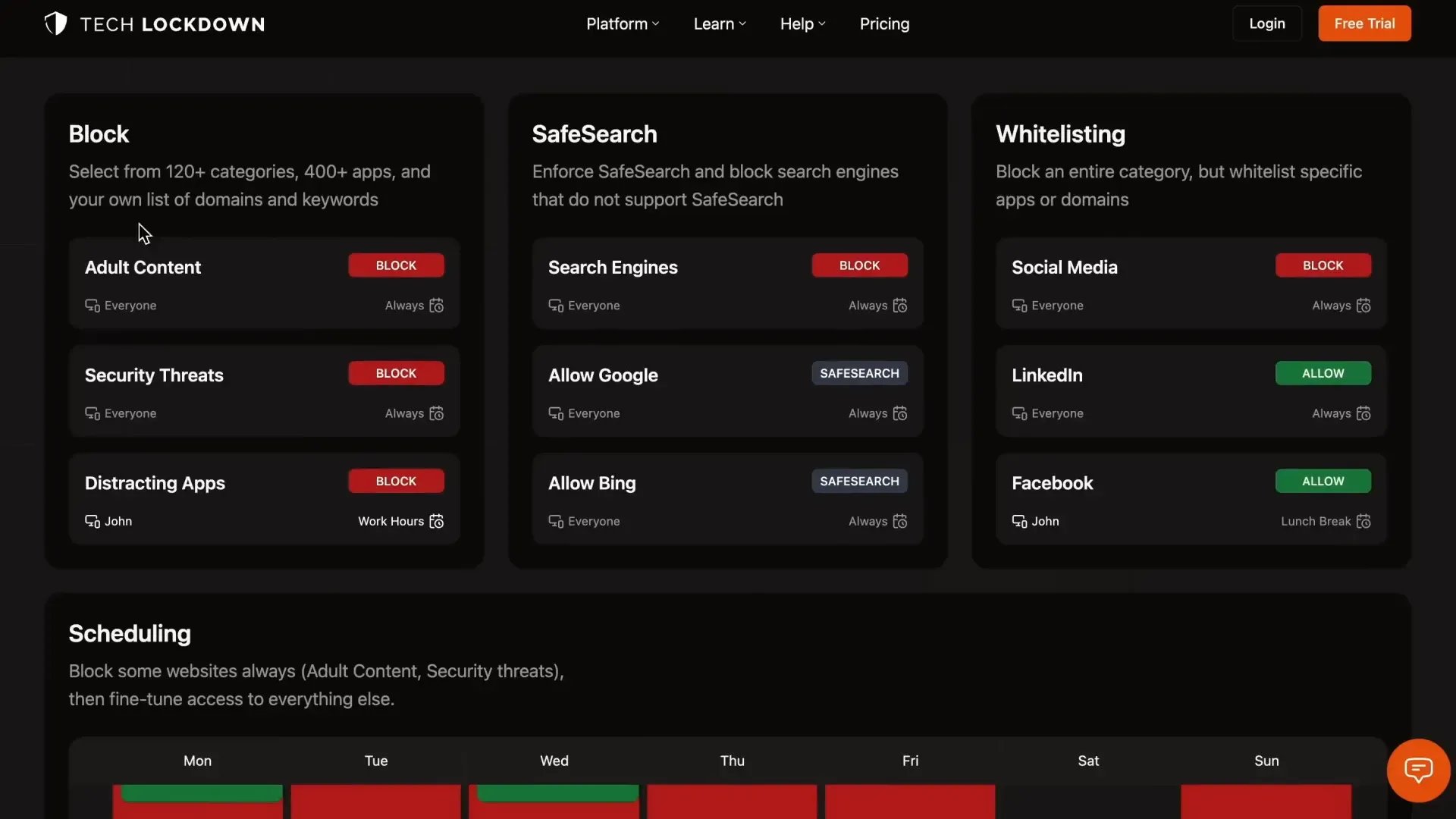
The typical user? Adults fed up with their internet habits, looking to reclaim focus and intentionality. The business model is straightforward SaaS: a 14-day free trial, then $15/month or $10/month on an annual plan. I want people to commit long-term, but I keep the month-to-month option for those who want to test the waters.
🔥 Why My Earlier Side Projects Failed (and How This One Succeeded)
I’ve been building side projects since college—lead gen platforms, landing page builders, even a web agency. None of them stuck. Why? I got obsessed with details like logos and colors without thinking about the business model or customer acquisition. Or I overcomplicated the product and burned out before launching.
Tech Lockdown was different because:
- Passion over perfection: I wasn’t building a side project just to build one. I was solving a problem I personally faced.
- Minimal branding: I didn’t even have a logo until I had hundreds of paying customers. Focus was on meaningful work, not shiny distractions.
- Audience-first: I built a community around the problem through free YouTube videos and Reddit posts before monetizing. That meant I wasn’t launching into the void—I had people waiting.
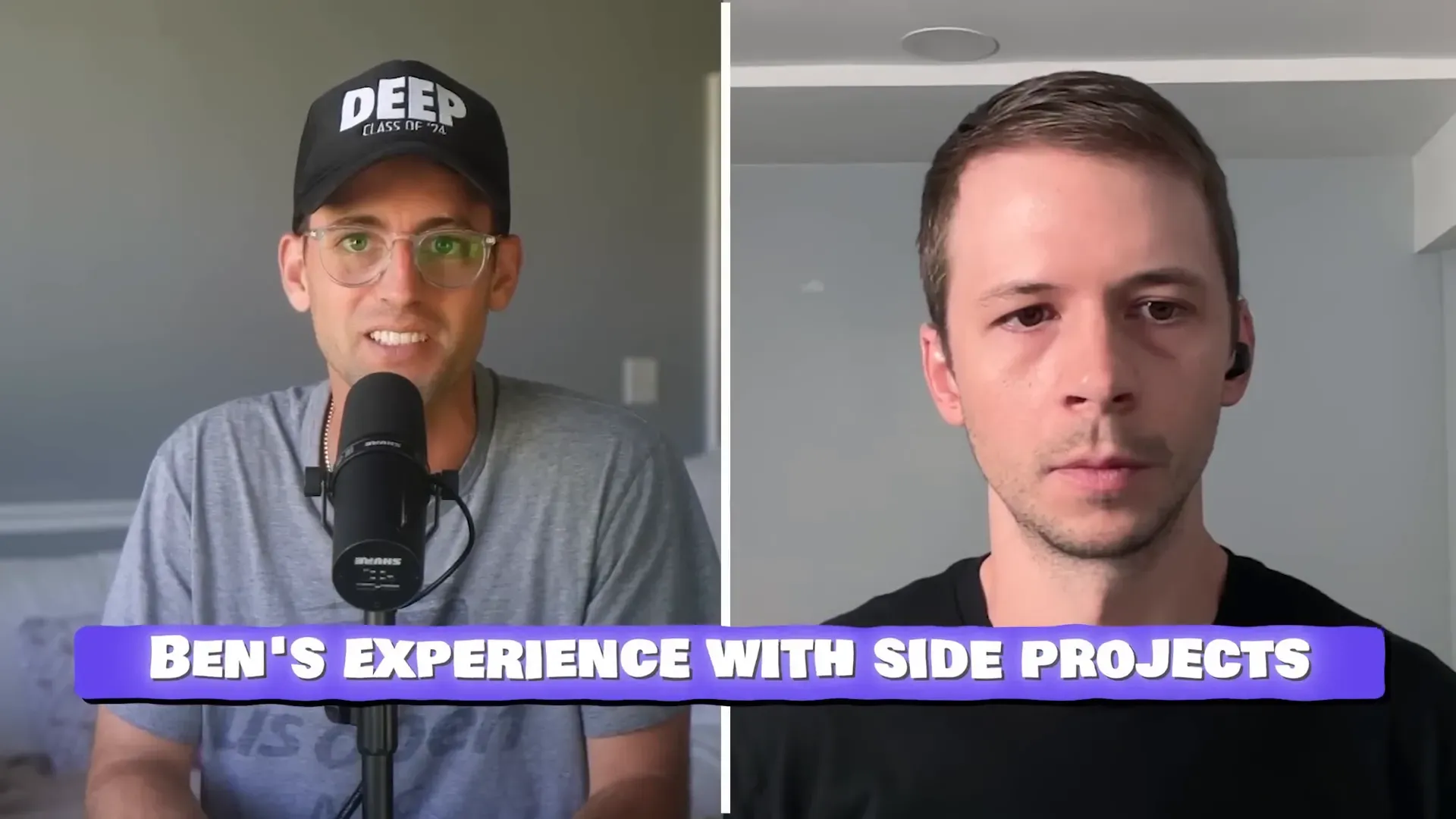
⏰ Building a Business with a Full-Time Job: Habits That Work
Time is the enemy when you’re holding down a 9-to-5 and trying to build something on the side. Here’s how I carved out space without burning out:
- Early mornings for focus: I’d wake up between 5:30 and 8:30 AM to tackle development tasks that required deep concentration.
- Evenings for marketing: Less brain-intensive work like content creation or community engagement happened after work hours.
- Stick to one marketing channel: I chose content marketing because it energized me and was sustainable. For others, it might be networking, cold outreach, or forums—whatever you can do consistently without dread.
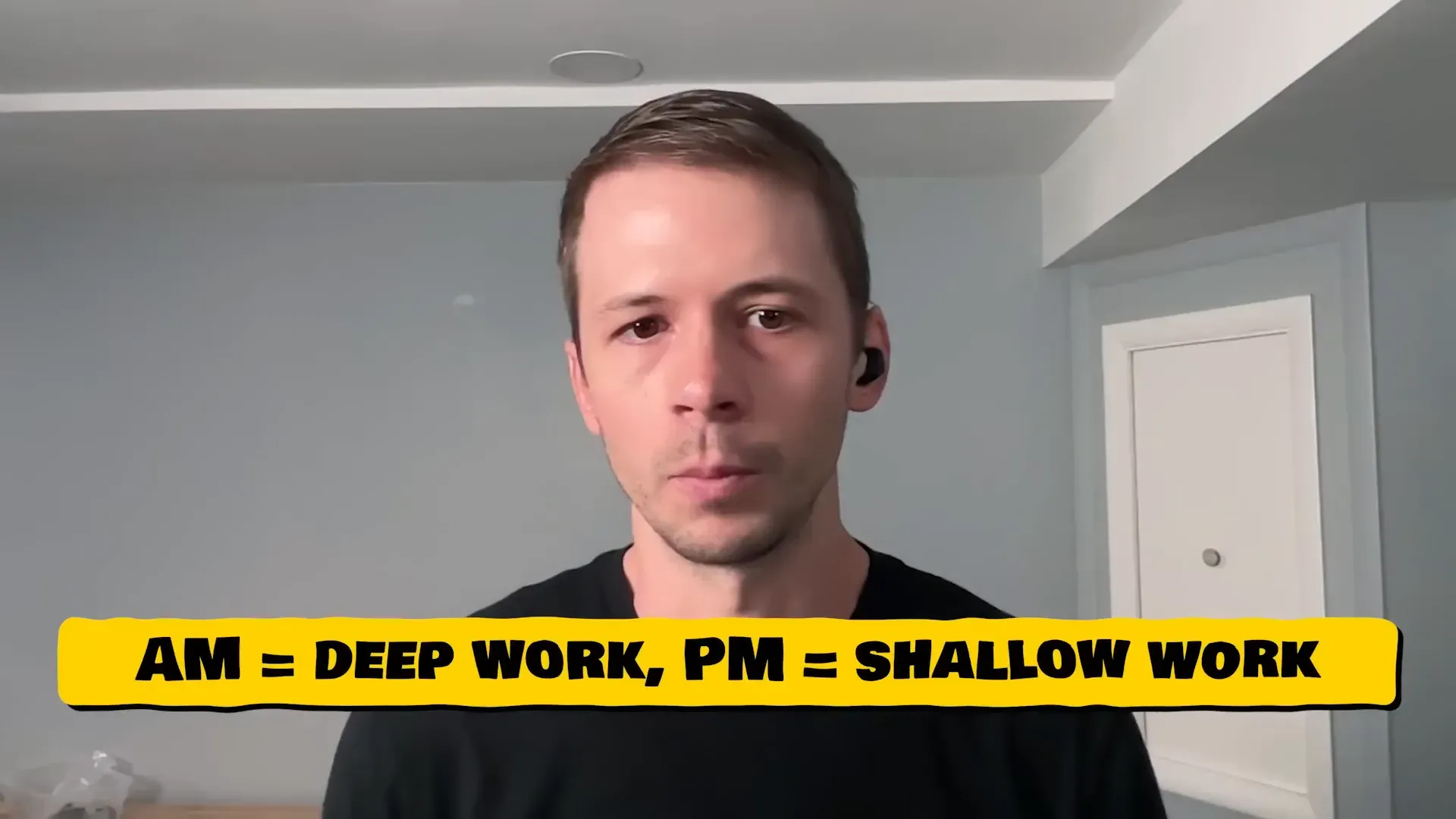
🚀 How I Turned $3K/mo Into $15K/mo After Getting Laid Off
In 2023, I got laid off. My side project was making about $3,000 a month—nowhere near enough to cover expenses like health insurance. The safe move was to take a new full-time job. But I figured, this is probably my one shot to go all in.
I doubled down on Tech Lockdown. The result? The business grew 5x since then. This wouldn’t have happened if I hadn’t already validated the idea, built an audience, and had a clear customer acquisition plan in place.
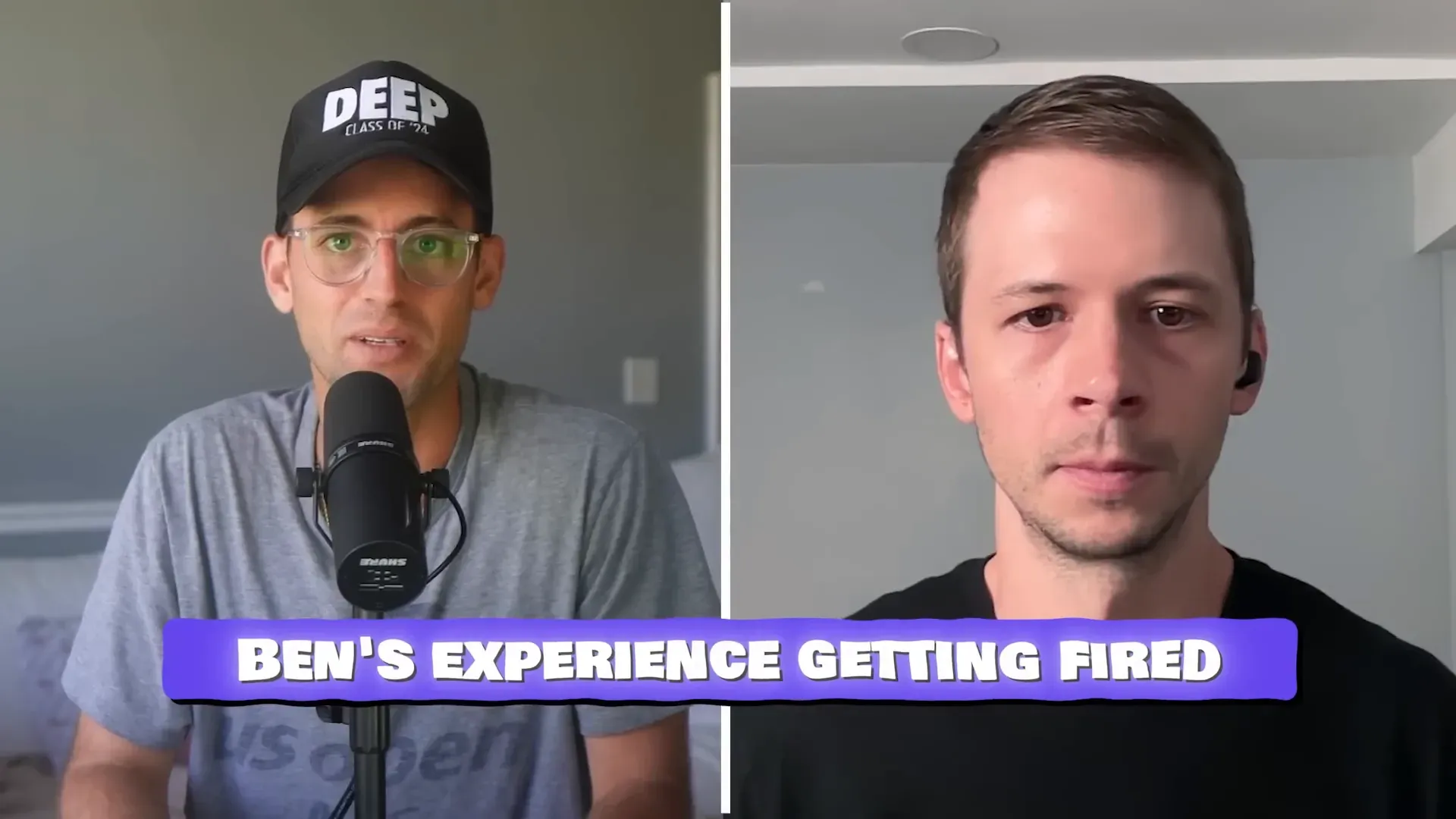
📈 Growth Strategy: Content That Builds Trust and Drives Customers
My core marketing strategy was simple: write well-researched, helpful content and give it away for free. One standout piece was a detailed guide on how to convert an iPhone into a “dumb phone” to avoid distractions. That guide alone has been read hundreds of thousands of times.
Promotion was subtle but smart. On Reddit, I never pushed the product hard. Instead, I shared valuable content with just a small reference to my app or video, which encouraged engagement without feeling spammy. This approach helped posts hit the front page and brought in a steady stream of interested users.
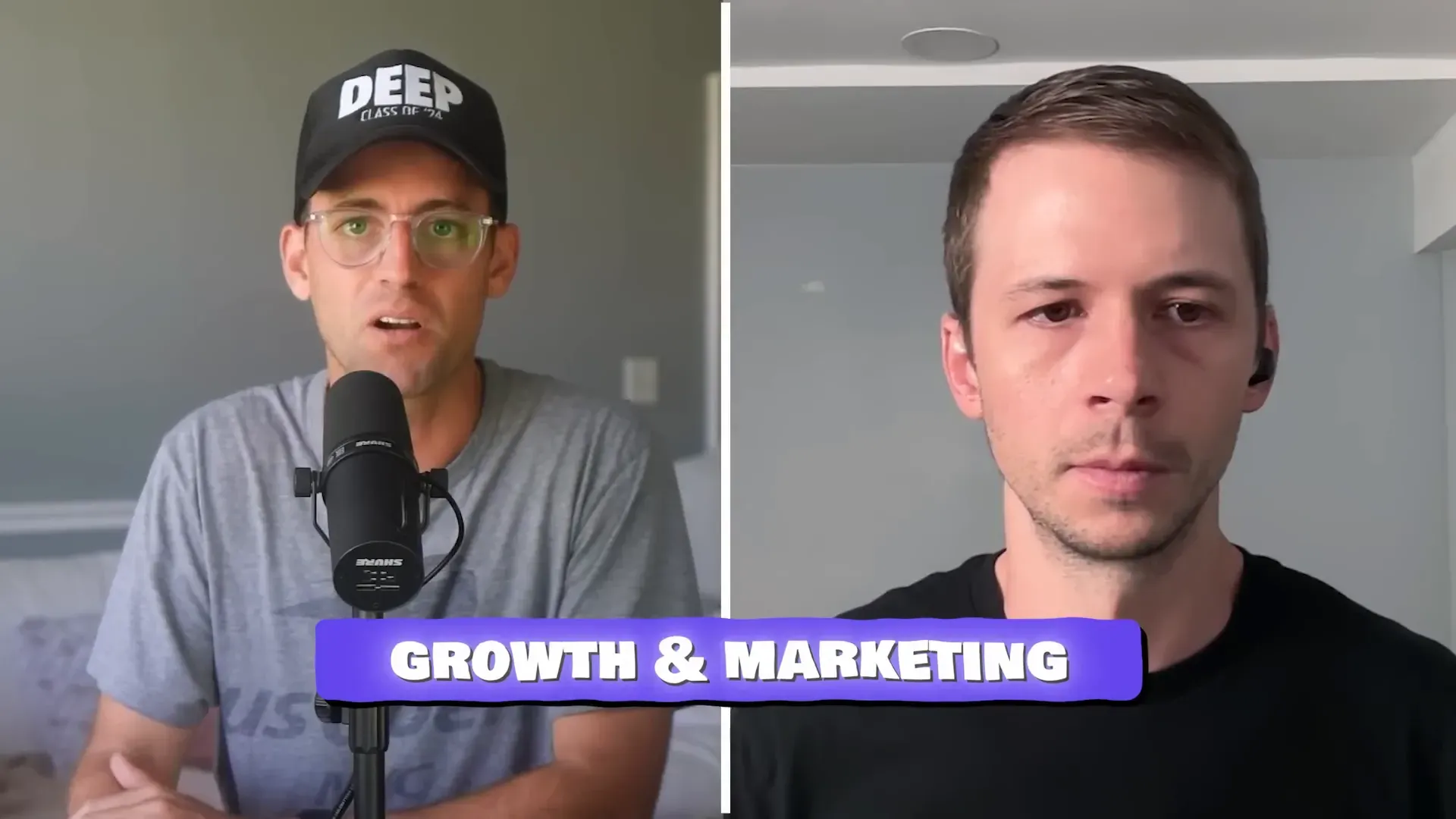
🧱 Building a Simple, Scalable Product: Tech Stack and Tools
Time constraints shaped my tech stack choices. I wanted tools that let me move fast without reinventing the wheel:
- Supabase: For database and authentication.
- SvelteKit: Lightweight JavaScript framework, easier than diving deep into React.
- Vercel: Hosting with continuous deployment for peace of mind (~$20/month).
- Email: Mailgun and Elastic Email, around $150/month, essential for engaging my 20,000+ mailing list.
- Analytics: Plausible Analytics, simple and privacy-focused, checked daily.
- Additional tools: Google Gemini, Ahrefs light plan for SEO research.
All told, infrastructure costs stayed low, allowing me to maintain ~70% profit margins even after optional expenses.
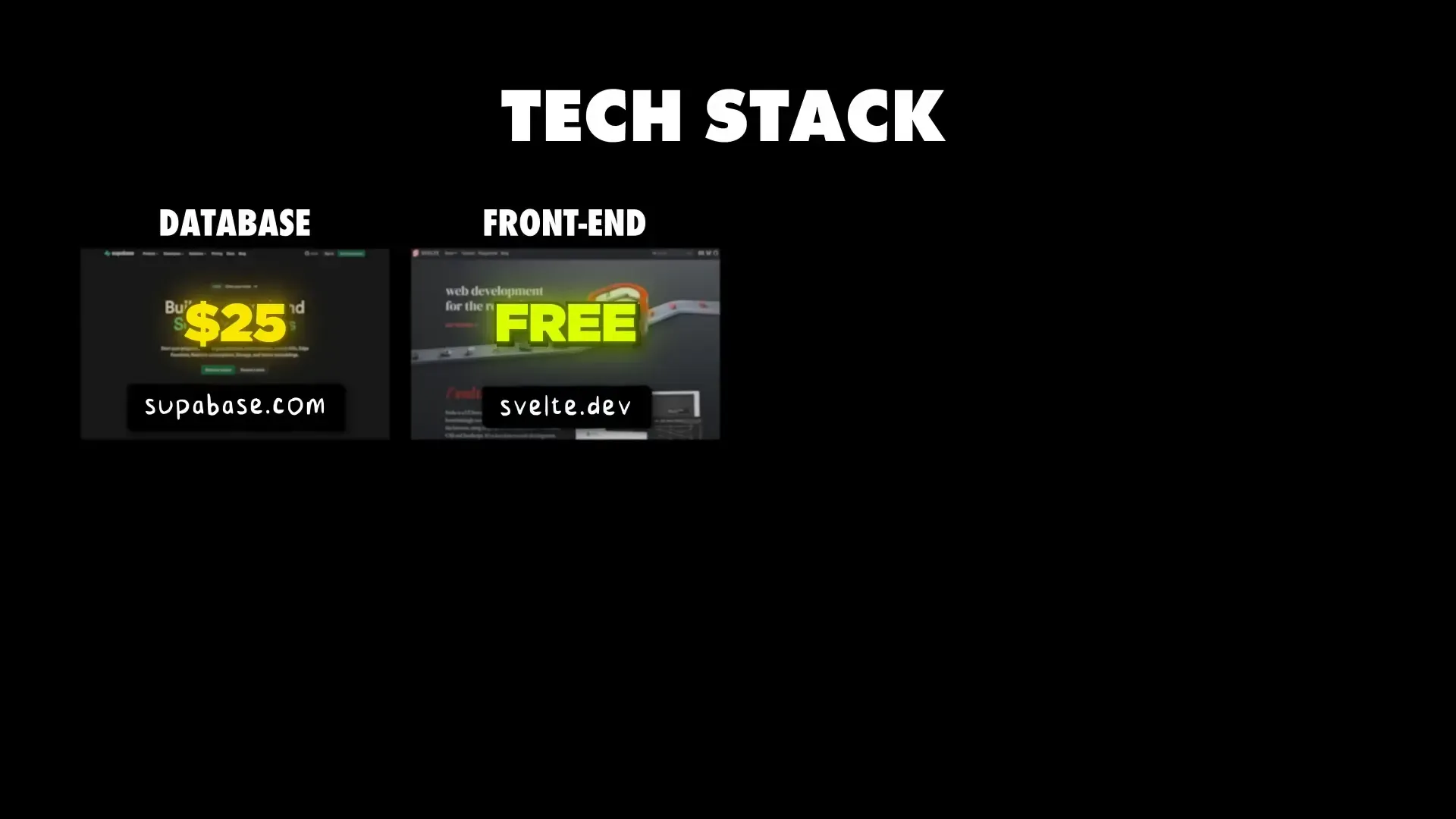
💡 Real Talk: What It Takes to Make a Side Project a Sustainable Business
Making money from a side project is easier than you think. The hard part is turning it into a viable business that can scale beyond you selling hours for dollars. Many side projects fail because their customer acquisition costs are too high or they don’t have a strategy to grow sustainably.
Success comes down to:
- Low customer acquisition cost
- A simple, validated product that solves a real problem
- Building and nurturing an audience before you launch
- Focusing on meaningful work over shiny distractions
My advice if I could talk to “young Ben” starting out: don’t overcomplicate. Ship the simplest version, get feedback, build an audience, then iterate.
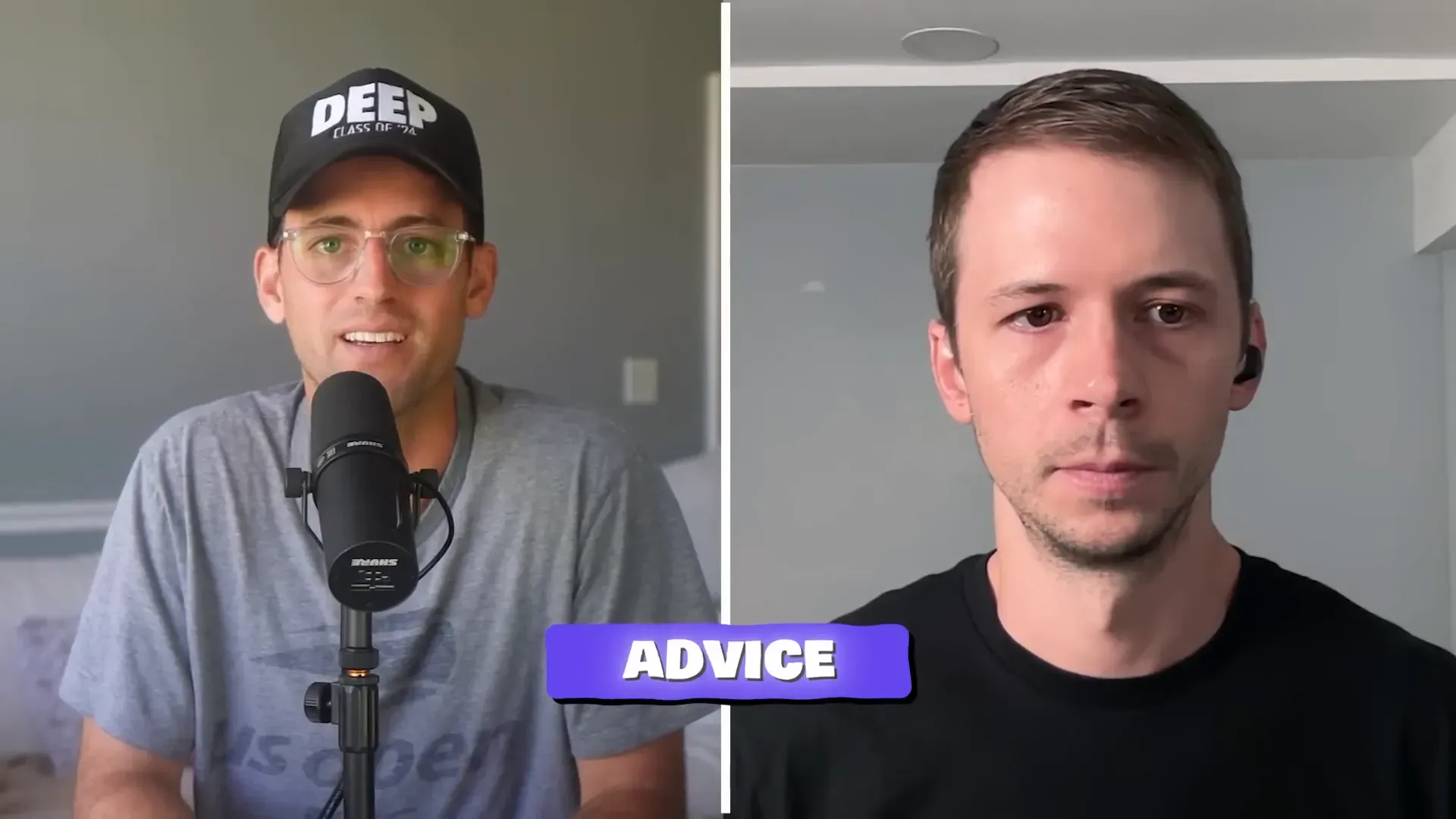
🎯 Your Blueprint for Starting a Side Project with a Full-Time Job
If you’re stuck in the 9-to-5 grind and itching to build something, here’s a quick start checklist based on what worked for me:
- Pick a problem you actually care about. Passion fuels consistency.
- Build a simple MVP. Don’t wait for perfection—ship fast.
- Start building an audience early. Use content marketing, communities, or social channels focused on your niche.
- Pick one marketing channel you enjoy and can stick to. Better to be consistent than scattered.
- Use your most focused hours for development. Save low-energy times for marketing or admin.
- Validate customer acquisition before quitting your job. Know how to get paying users reliably.
Remember, it’s not glamorous. Being your own boss means grinding smart, not just grinding hard.
🤖 Leveraging AI to Build Remote Passive Income
Here’s the kicker: you don’t need to be a full-stack wizard or spend months learning to code anymore. AI tools have changed the game. You can use AI to speed up coding, automate marketing, and even manage customer outreach.
Starter Story Build is one accelerator designed to help you go from idea to working product in a few weeks, guiding you to use AI effectively without the fluff. If you’re serious about remote passive income with AI, this kind of structured help can be a game changer.
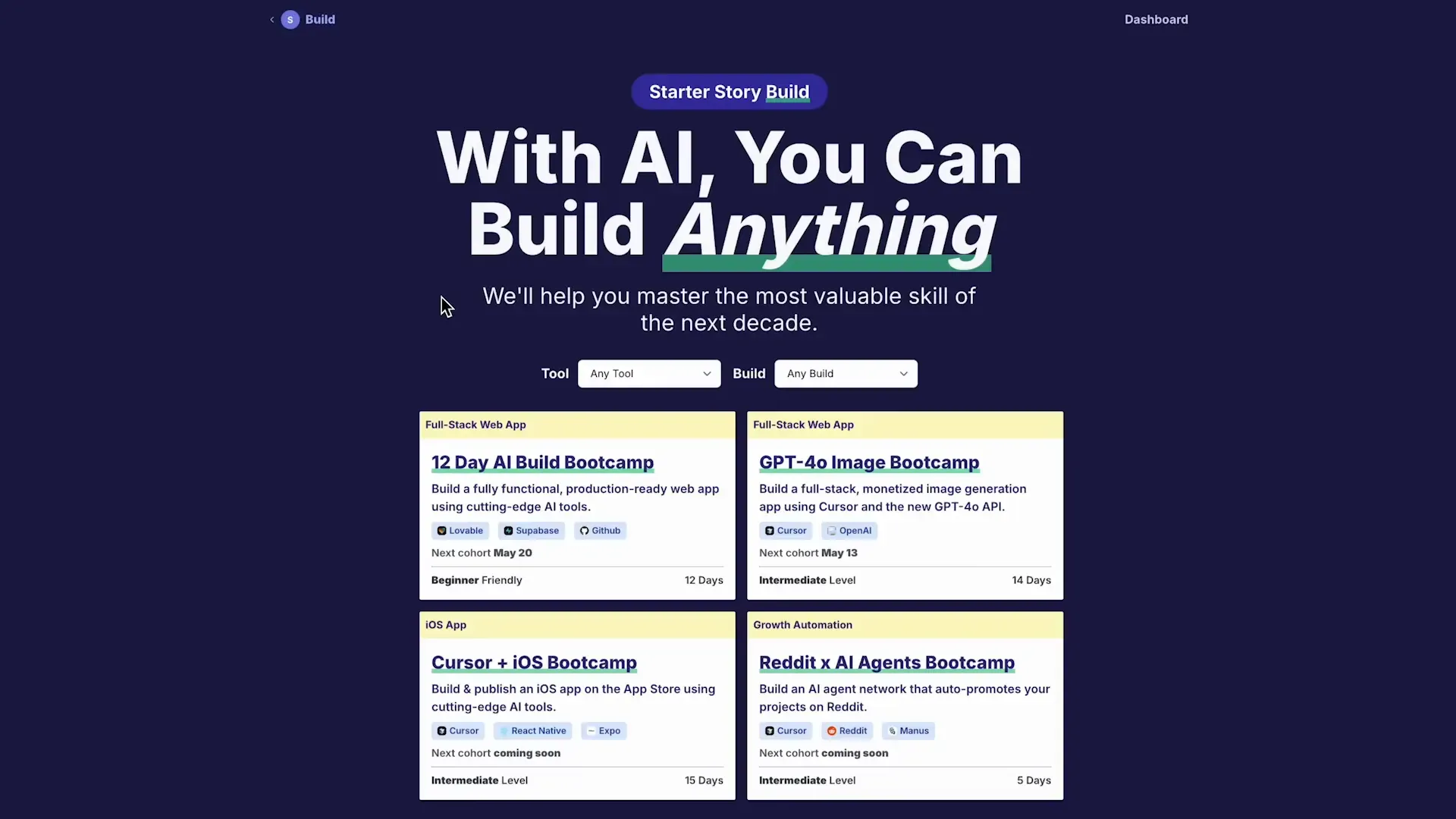
Final Thoughts: Start Building, Even If It’s Messy
Tech Lockdown’s journey proves this: you don’t need a fancy launch or a perfect product. You need to start. Build something real, solve a problem you care about, and grow it step by step.
If you want to build remote passive income with AI, focus on smart strategies, consistent effort, and using tools that save you time. No hype, no shiny distractions—just work that works.
So here’s your challenge: pick one small project tonight. Build the simplest version of it. Share it with a few people. See what happens.
That’s how you go from side project to full-time freedom.
This article was created from the video How I replaced my 9-5 with a side project. Check out more from their awesome channel.
